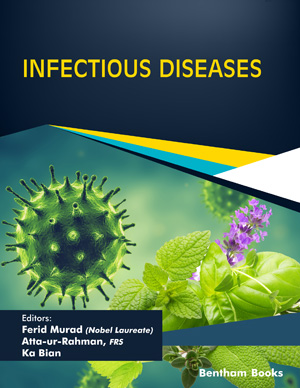
Abstract
Background: Previous research suggests the role of social determinants of health (SDH) in the prevalence of hypertension.
Objective: The study aimed to estimate the contribution of SDH to the prevalence of hypertension.
Methods: We recruited 3072 Egyptian public servants who answered a self-administered questionnaire, including hypertension history. We measured the participants’ blood pressure with standardized procedures. The logistic regression models were used to assess the associations between SDH and hypertension.
Results: The prevalence of hypertension was 28.2% (34.2% in males and 22.5% in females). The prevalence of undiagnosed hypertension was 16.3% (23.9% and 9.2%, respectively); thus, 57.8% of the hypertensive subjects were unaware of their high blood pressure status. SDH were associated with the odds of having hypertension in the unadjusted analyses. Higher education, being single, and having minor family members were associated with low odds of hypertension. On the other hand, non-professional occupations, job hours, household income, total family members, and work-family conflicts were associated with higher odds of hypertension. However, in the multivariable analyses, which included all SDH and adjusted for age, gender, smoking, physical activity, body mass index, medical history of chronic diseases, and family history of hypertension, only job hours were associated with the odds of having hypertension and undiagnosed hypertension: odds ratio (95% CI) = 1.07 (1.01-1.14) and 1.11 (1.02-1.20), respectively.
Conclusion: SDH contributed minimally to the odds of having hypertension among public officials in Minia, Egypt. Civil servants with long working hours should be tracked with regular blood pressure monitoring as a high-risk group for hypertension.
Graphical Abstract
[http://dx.doi.org/10.1016/S0140-6736(21)01330-1] [PMID: 34450083]
[http://dx.doi.org/10.1161/01.HYP.26.6.886] [PMID: 7490144]
[http://dx.doi.org/10.9734/ajmah/2019/v17i130154]
[http://dx.doi.org/10.1161/CIR.0000000000000228] [PMID: 26240271]
[http://dx.doi.org/10.1001/jamanetworkopen.2019.3933] [PMID: 31099868]
[http://dx.doi.org/10.1111/jch.14023] [PMID: 32882111]
[http://dx.doi.org/10.1186/s13643-020-01392-9] [PMID: 32580747]
[PMID: 18212445]
[http://dx.doi.org/10.2174/1573402111666141217111807] [PMID: 25544289]
[http://dx.doi.org/10.1038/s41371-020-00431-1] [PMID: 33082518]
[http://dx.doi.org/10.12816/0018767]
[http://dx.doi.org/10.1038/s41371-019-0265-0] [PMID: 31558807]
[http://dx.doi.org/10.1007/s10389-021-01641-8] [PMID: 34458072]
[http://dx.doi.org/10.2188/jea.JE20210338] [PMID: 35153274]
[http://dx.doi.org/10.1007/s10935-022-00690-3]
[http://dx.doi.org/10.1093/pubmed/fdac061] [PMID: 35660929]
[http://dx.doi.org/10.1161/HYPERTENSIONAHA.119.12926] [PMID: 31852264]
[http://dx.doi.org/10.1097/MD.0000000000025629] [PMID: 33879739]
[http://dx.doi.org/10.3233/WOR-192862] [PMID: 30829638]
[http://dx.doi.org/10.1186/s12889-022-13924-0] [PMID: 35927641]
[http://dx.doi.org/10.1093/aje/152.3.272] [PMID: 10933274]
[http://dx.doi.org/10.1371/journal.pone.0169903] [PMID: 28207757]
[http://dx.doi.org/10.1016/j.puhe.2018.01.016] [PMID: 29500946]
[http://dx.doi.org/10.1097/HJH.0000000000002453] [PMID: 32371787]
















